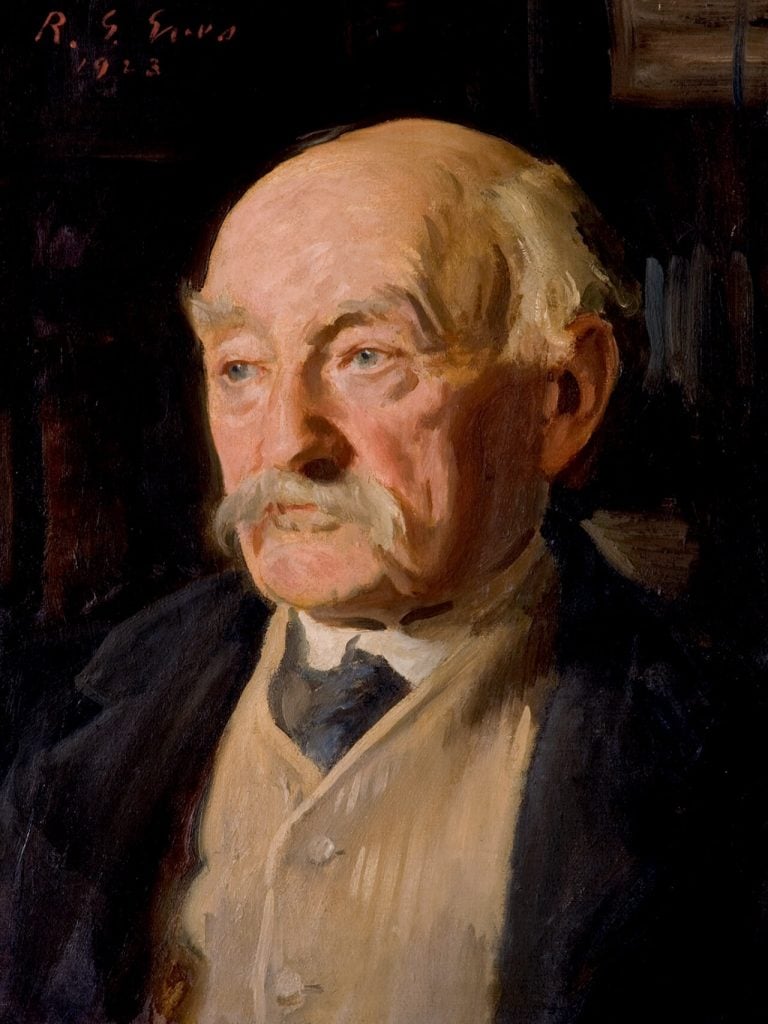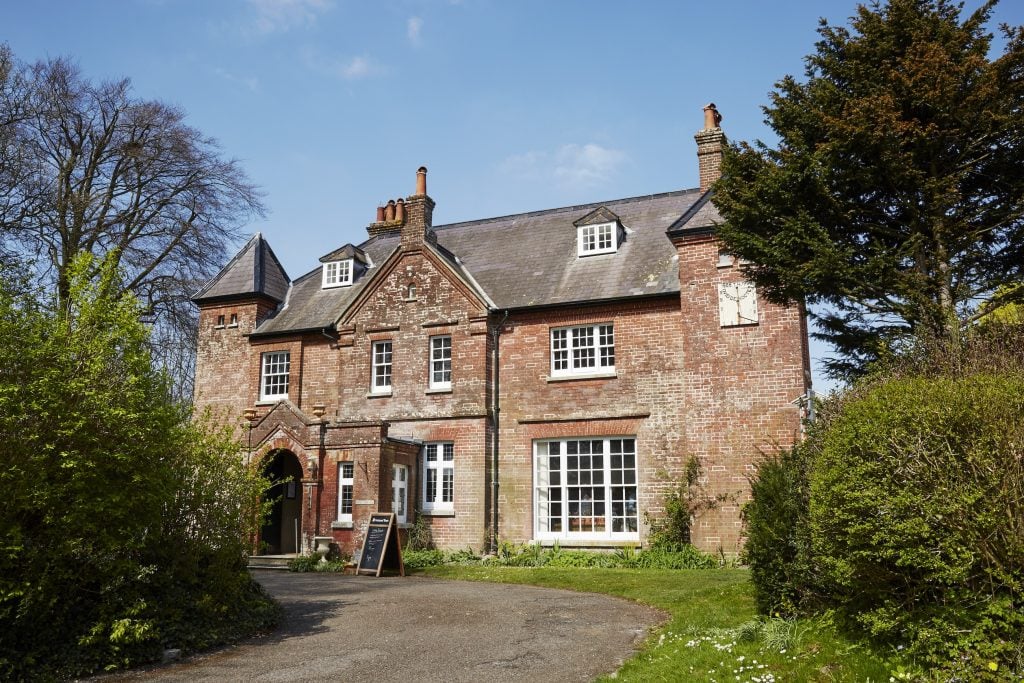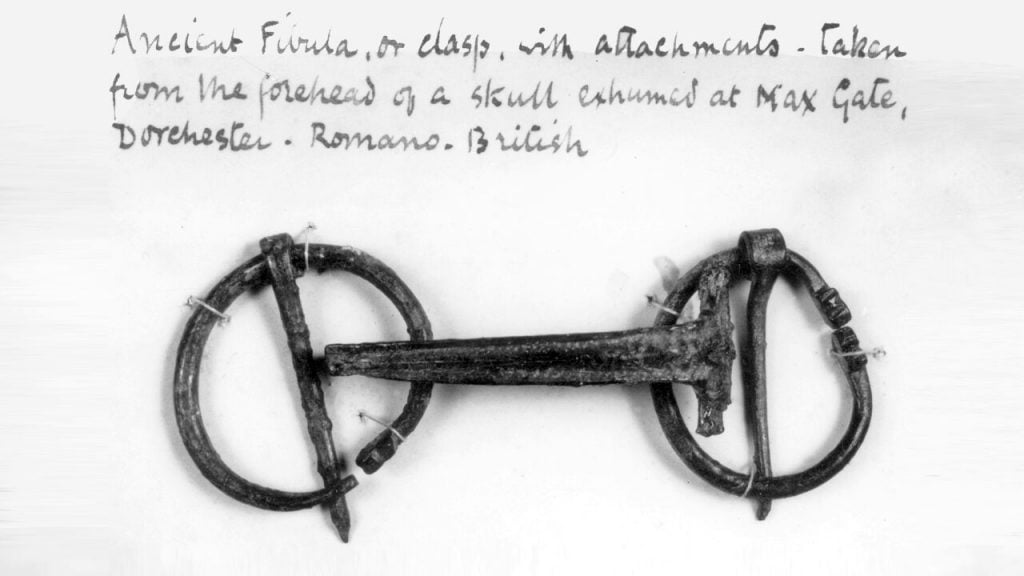Archaeology & History
What Was Hidden in Thomas Hardy’s Old Home
Human activity at the site spans back some 5,000 years.

“I went by the Druid stone / That broods in the garden white and lone,” begins the poem “The Shadow on the Stone” by renowned British author Thomas Hardy (published 1917). The author of classics like Tess of the d’Ubervilles and Jude the Obscure was referring to an ancient stone that he had found during construction of his home in the southern U.K. town of Dorchester, near the English Channel.
Now, an even larger Neolithic site under the author’s home, known as Max Gate, has been declared a historic monument.

Sarsen stone at Max Gate, Dorset. Photo: Chris Lacey. Courtesy National Trust Images.
“The multilayered importance of this site is very special, as Thomas Hardy’s discoveries at Max Gate influenced him and shaped his poetry,” said Chris Bryant, heritage minister, in a statement. “It shows how our historic landscape often inspires art and how the two can work beautifully in harmony.”
Also trained as an architect, Hardy designed and built Max Gate and lived there 1885 until his death in 1928. Iron Age and Roman burials were discovered during construction. In 1891, a stone was discovered that took seven men to lift; it was a so-called sarsen stone, an ancient post-glacial stone of a type found across southern England. (A few were put to use in constructing Stonehenge; another such stone came to light in the 1980s.)

A portrait of Thomas Hardy by Reginal Grenville from 1923. Courtesy Dorset Museum & Art Gallery/Dorset History Centre.

The front of Max Gate, Dorset. Photo: Arnhem de Serra. Courtesy National Trust Images.
The remains that Hardy uncovered beneath Max Gate constitute half of a wider structure known as Flagstones; the other half, alas, was destroyed during infrastructure work in the 1980s. It consists of a circular enclosure some 330 feet wide, including ditches and pits, some with walls inscribed with rare Neolithic spiral designs. The enclosure dates from the Middle Neolithic period (3365–2960 B.C.E.) but was already in use earlier than that.

Hardy’s findings from Max Gate. An ancient fibula with notes from Hardy. Courtesy of Dorset Museum & Art Gallery/Dorset History Centre.
Hardy was not only inspired to create his own works by the site under his feet, but also aimed to educate the public, said Hannah Jefferson, general manager for North and West Dorset with the National Trust: “Thomas Hardy’s own archaeological discoveries at Max Gate featured significantly in his poems and stories,” she said, “but he was also inspired to write papers, give talks locally, and display many of the artefacts found at Max Gate.”
The author’s sister Kate Hardy donated the property to the National Trust in 1940; it opened to the public in 2011.





